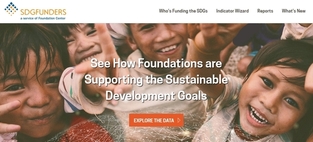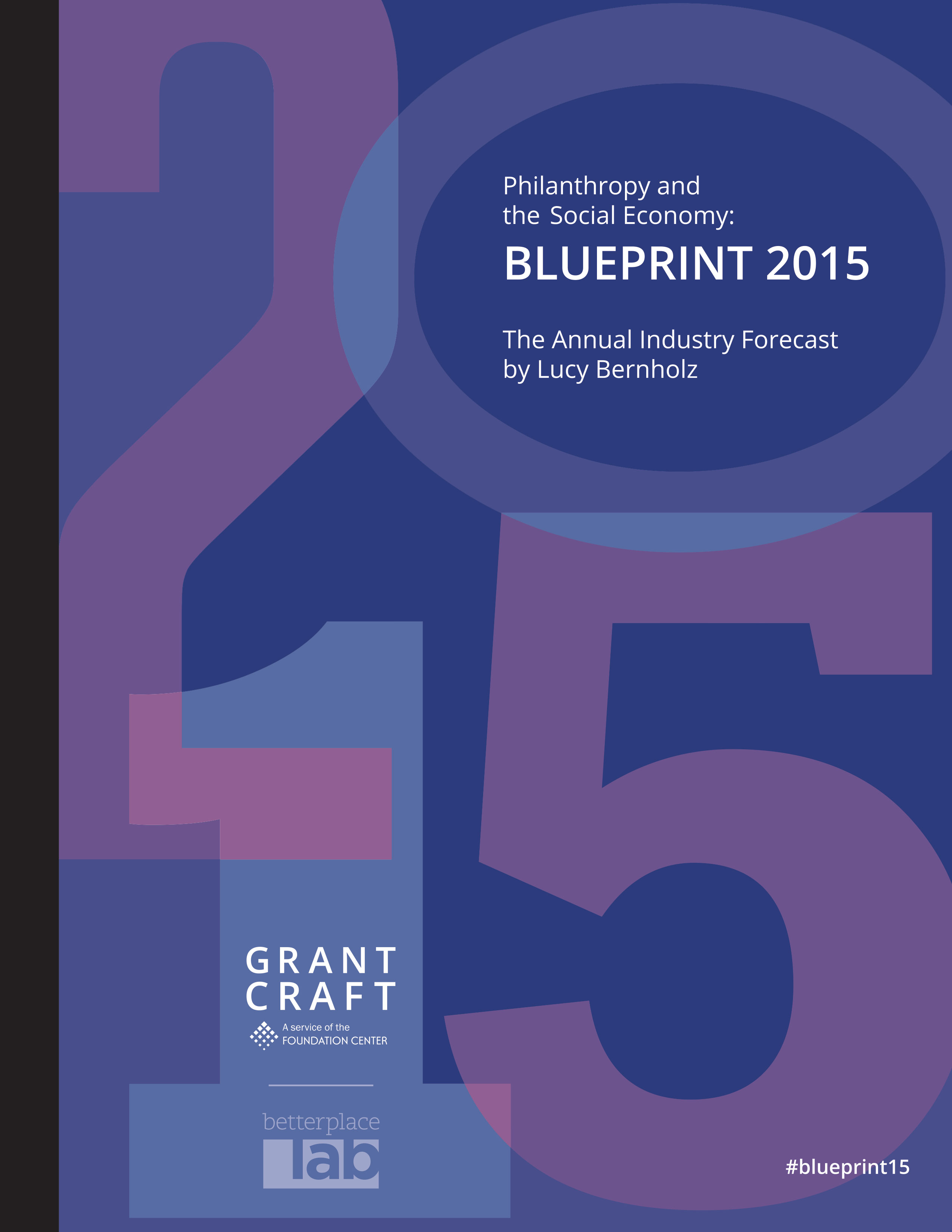Getting Acquainted to Community Organizing Grantmaking
Establishing Relationships
Grantseekers and grantees from organizing groups are often very deliberate about establishing relationships with program officers, sharing information about their own backgrounds, and encouraging funders to do the same. “I remember my first visit at the office by a lead organizer,” said a funder from a regional foundation. “I learned more about him than I had about any other prospective grantee, and I’m certain I shared more about myself. Later, I realized I had been in a ’one-on-one meeting’ — the kind organizers use to recruit community members, establish relationships, and build leaders.”
Leadership development is central to organizing, and grantmakers should expect to see it. From a former program officer: “When the executive director came in to introduce me to his organization, he brought three members: a nineteen-year-old Latina, a late twenties American Indian, and an African American grandmother, probably in her seventies. Each person took a portion of the meeting, and, although the executive director had plenty of opportunities to do so, he never interrupted to clarify or fill in holes. I was impressed.”
Members of organizing groups are also schooled in the politics of power. Said one grantmaker, “power analysis is the heart and soul of what organizers think about,” and so, for them, “the funder-grantee power differential is at the heart of the relationship.” Another funder elaborated: “The whole issue of how the foundation uses its power, how the foundation relates to other organizations, is explicitly on the table” with community organizing grantees.
Assessing Capacity and Context
Experienced funders look at a wide range of characteristics as they size up an organization’s capacity to work effectively in its community — and keep on learning, growing, and contributing to the field. “Don’t look at an organization in isolation,” said one national funder. “Listen to how they talk about other groups and assess their level of collaboration.” Speak with colleagues about the terrain and the relative strength of groups. Turf issues are not unknown in organizing, and foundations can unintentionally reinforce unhealthy tensions. Look for signs that the group is steadily increasing membership, she urged, and taking on greater challenges.
“Organizing needs to be appropriate to the context of place and culture and time and era,” said another grantmaker. “And that appropriateness should be, of course, informed most by the people directly affected, who are most directly involved in the organizing. I believe there’s no one way, not now and not in the future.” Organizing in black communities in the South should look different from organizing in immigrant communities in the Northwest.
Negotiating the Grant
One of the greatest tensions in making grants to organizing groups, particularly for funders new to organizing, is that issues pursued must be important to and selected by the membership....The issue of power will likely appear. “Organizing groups are so used to dealing with power,” said a grantmaker, “that they are simply more comfortable calling funders on it, or wanting to make sure that it ison the table from the very beginning because they know you can’t get too far until you talk about it.” Tensions can arise. “At this particular juncture in my career,” reported a funder, “I know without a doubt that relationships are extremely important, but being credible and upfront is even more important.
Prepare for Controversy
Experienced grantmakers emphasized that the goal of good organizing is relationship building, negotiation, and compromise with those in power. But, as a foundation executive and her staff reported, “direct actions” like press conferences, protests, pickets, boycotts, marches, and rallies can also be partof the strategy: “We’ve had situations where grantees organized direct action that targeted a corporation where one of our trustees served on the corporate board.” Once an organization protested against a sanitation commissioner who was a neighbor of the foundation’s executive director.So foundations with an interest in organizing must have an appetite for public action.
Avoid the temptation to hide the tactics organizing groups may pursue, grantmakers said, and prepare the foundation’s board and executive leadership in advance. “I’ve been careful to be clear that part of what these groups do as they try to build power is occasionally take these public actions,” said a program officer. “That’s part of how they demonstrate their resolve and power to their membership and to whomever they’re trying to influence. But I’ve always made clear that they only do that when quiet, relational meetings have failed. It’s not done lightly, if the organizing group is any good. And it’s just one tool of many tools.”
Takeaways are critical, bite-sized resources either excerpted from our guides or written by Candid Learning for Funders using the guide's research data or themes post-publication. Attribution is given if the takeaway is a quotation.
This takeaway was derived from Funding Community Organizing.


